Archives
- 2025-12
- 2025-11
- 2025-10
- 2025-09
- 2025-04
- 2025-03
- 2025-02
- 2025-01
- 2024-12
- 2024-11
- 2024-10
- 2024-09
- 2024-08
- 2024-07
- 2024-06
- 2024-05
- 2024-04
- 2024-03
- 2024-02
- 2024-01
- 2023-12
- 2023-11
- 2023-10
- 2023-09
- 2023-08
- 2023-07
- 2023-06
- 2023-05
- 2023-04
- 2023-03
- 2023-02
- 2023-01
- 2022-12
- 2022-11
- 2022-10
- 2022-09
- 2022-08
- 2022-07
- 2022-06
- 2022-05
- 2022-04
- 2022-03
- 2022-02
- 2022-01
- 2021-12
- 2021-11
- 2021-10
- 2021-09
- 2021-08
- 2021-07
- 2021-06
- 2021-05
- 2021-04
- 2021-03
- 2021-02
- 2021-01
- 2020-12
- 2020-11
- 2020-10
- 2020-09
- 2020-08
- 2020-07
- 2020-06
- 2020-05
- 2020-04
- 2020-03
- 2020-02
- 2020-01
- 2019-12
- 2019-11
- 2019-10
- 2019-09
- 2019-08
- 2019-07
- 2019-06
- 2019-05
- 2019-04
- 2018-11
- 2018-10
- 2018-07
-
In the present study cells were exposed to
2020-05-13
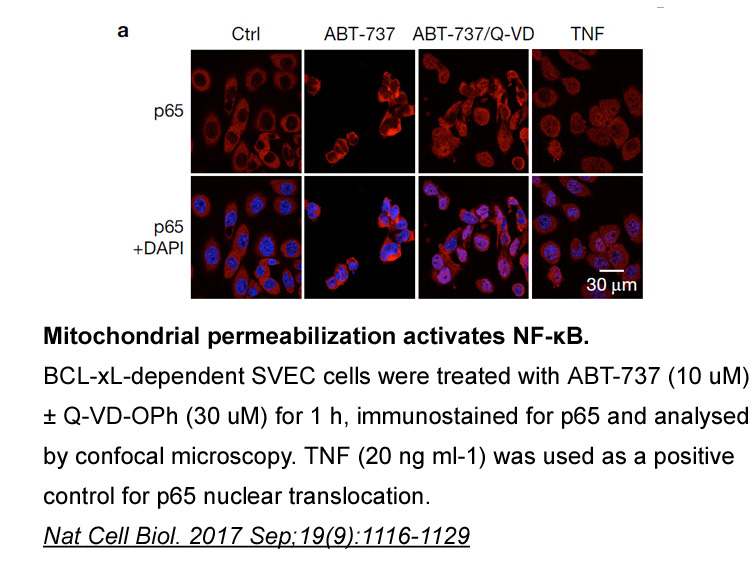
In the present study, cells were exposed to a low level of arsenite and a low cytotoxic concentration of BaP. Thus, γ-H2AX loss correlated with repair of DNA damage in cells co-exposed to arsenite and BaP. These results show that arsenite inhibits repair of BaP-induced DNA damage. In a previous stud
-
P falciparum DHFR TS is a particularly important
2020-05-13
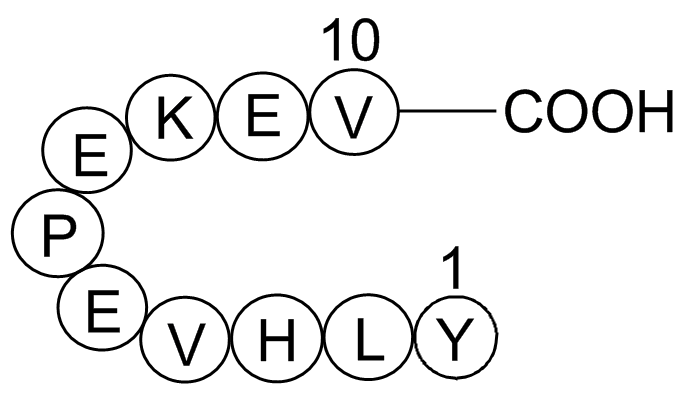
P. falciparum DHFR-TS is a particularly important enzyme, because it is from the protozoan species that is associated with most malaria infections. Since this enzyme is responsible for catalyzing sequential reactions in the thymidylate cycle, its inhibition slows malarial dTMP production and therefo
-
A potential weakness of the present study is that
2020-05-13
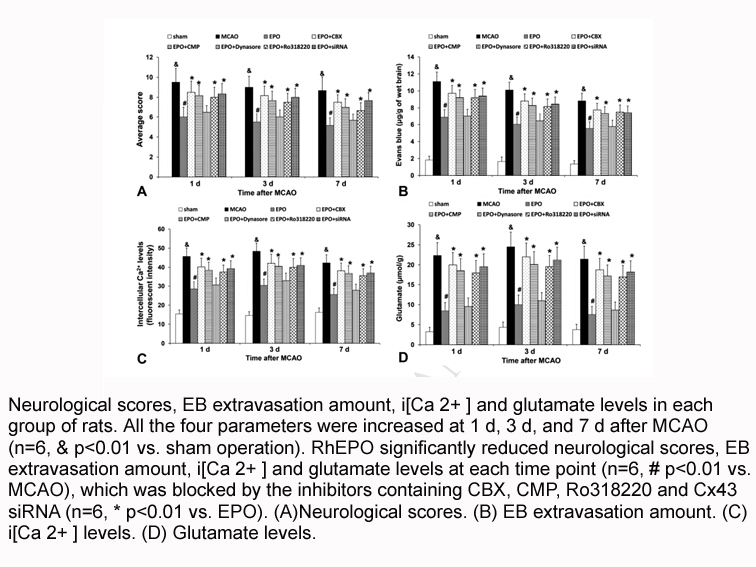
A potential weakness of the present study is that it involved population controls rather than family controls, which are a better way of controlling the effects of population stratification (e.g. ethnic group differences in allele frequencies). On the other hand, general population samples do have t
-
br Conflicts of interest br Introduction G
2020-05-13
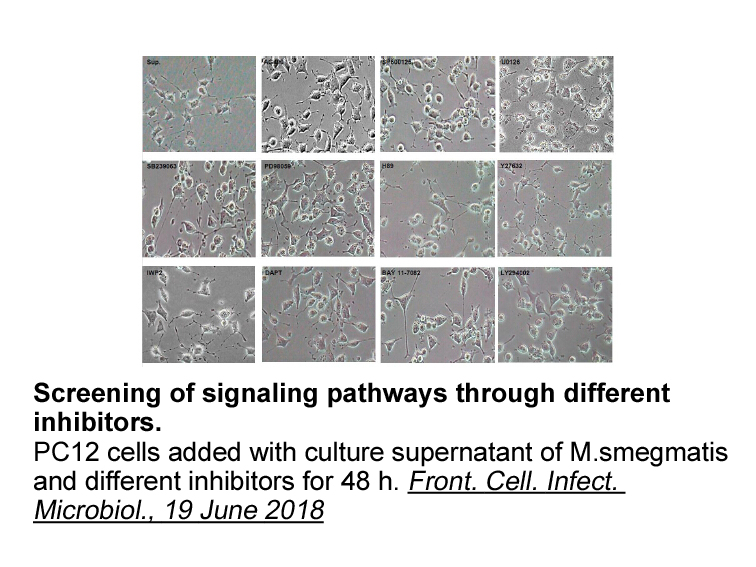
Conflicts of interest Introduction G protein-coupled receptors (GPCRs), form the largest human membrane protein family, with 800 members overall. Many druggable targets for treatment of common diseases involve GPCRs that mediate therapeutic effects of 34% of all marketed drugs (Hauser, Attwood
-
The role of Epac in the regulation of
2020-05-12
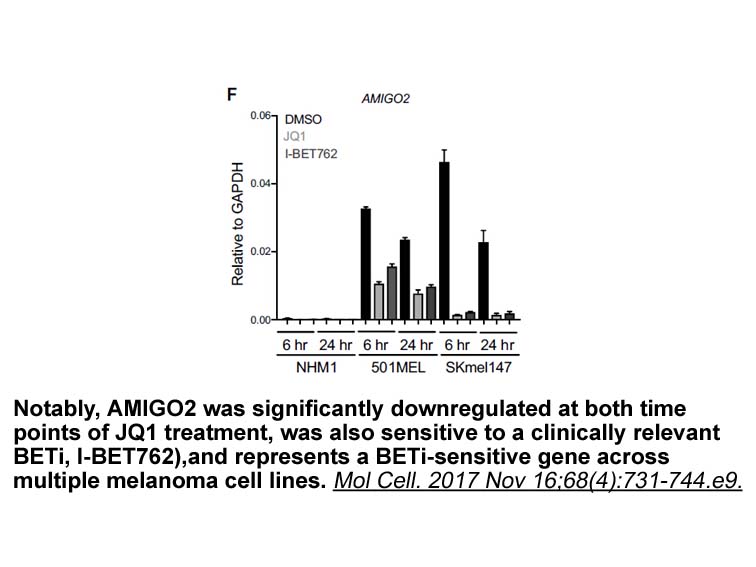
The role of Epac in the regulation of intracellular Ca homeostasis and contractility is still matter of debate. In rat adult cardiomyocytes, acute Epac stimulation decreased the amplitude of Ca transients [6], [9], [10] with either no changes [6] or increments [9] in cell shortening, suggesting an e
-
UBA belongs to the non canonical E enzymes that
2020-05-12
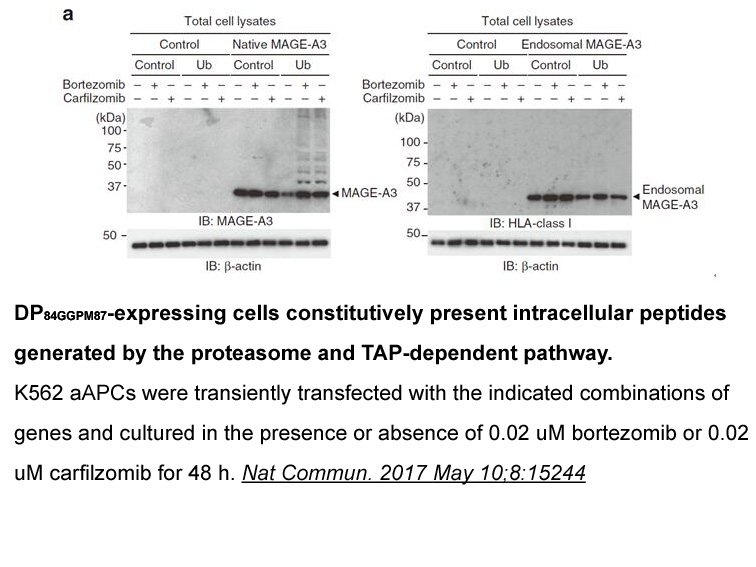
UBA5 belongs to the non-canonical E1 enzymes that lack a defined Cys domain but have the active-site Cys within the adenylation domain [24]. Similar to other E1 enzymes, UBA5\'s adenylation domain comprises an eight-stranded beta sheet that is surrounded by helices [21]. Moreover, like the ancestral
-
br DGAT proteins lipid droplets and cancer cells br
2020-05-12

DGAT proteins, lipid droplets and cancer cells Conclusions and future directions Conflicts of interest Acknowledgements This work was supported by NIH grants GM062887, P01CA097132, and Veterans Affairs Merit Award to LMO. Introduction Bioethanol and biodiesel are regarded as the two
-
Fermentation process for growth of E coli
2020-05-12
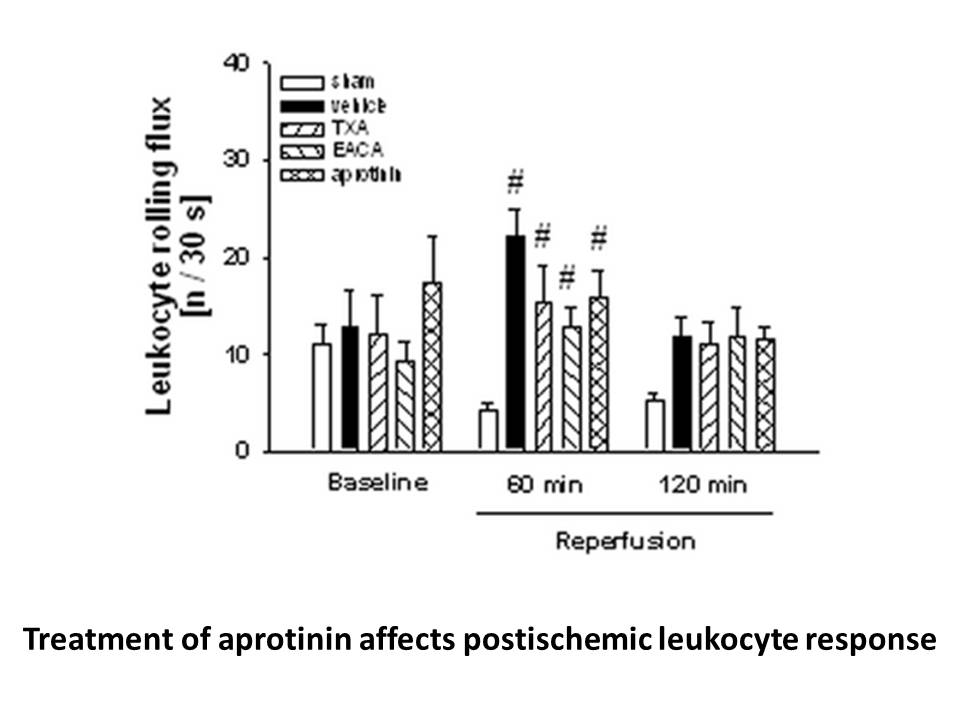
Fermentation process for growth of E. coli BL2(DE3)/pBMS–P3Hcys was carried out in 25- and 380-L fermentors containing 15- and 250-L medium, respectively. Cell yield of about 100g/L (wet cells) was achieved by feeding glycerol and Hy-yest during fermentation. Typical fermentation parameters are show
-
The anticholinesterase activities of all subfractions derive
2020-05-12
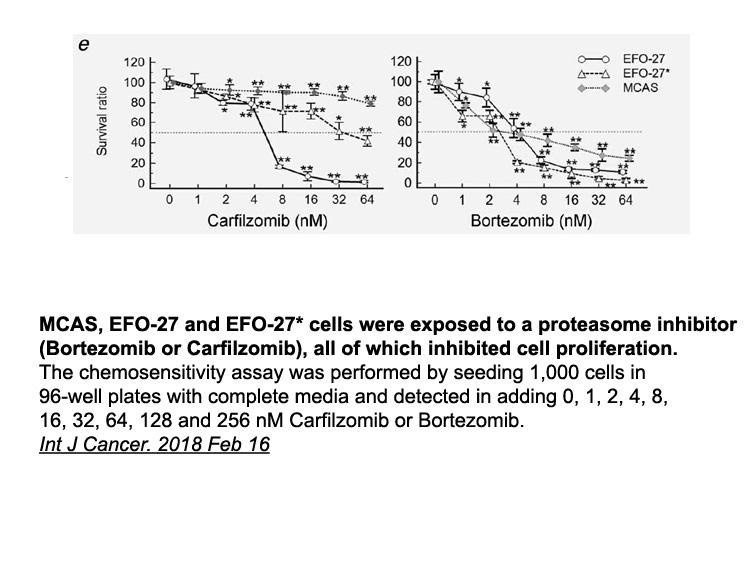
The anticholinesterase activities of all subfractions derived from EtOAc extract were detected and summarized in . Fraction 5 and its resulting subfractions (5B, 5C, 5D, 5C3, 5C4, 5D3, and 5D4) were found to show attractive activities. Subsequently, ten compounds (–) were obtained from these active
-
PI K Akt signaling pathway is known in modulating
2020-05-12
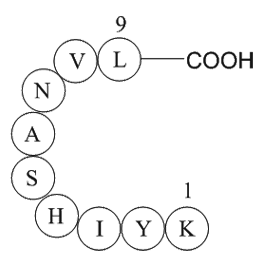
PI3K/Akt signaling pathway is known in modulating cell apoptotic process (Saurus et al., 2015). To study the contribution of PI3K/Akt signaling pathway in ERRγ-mediated anti-apoptotic effect in podocytes, we examined phosphorylation of Akt and expression of PI3K subunits p110α and p85α via qRT-PCR a
-
Recently roflumilast has been approved
2020-05-12
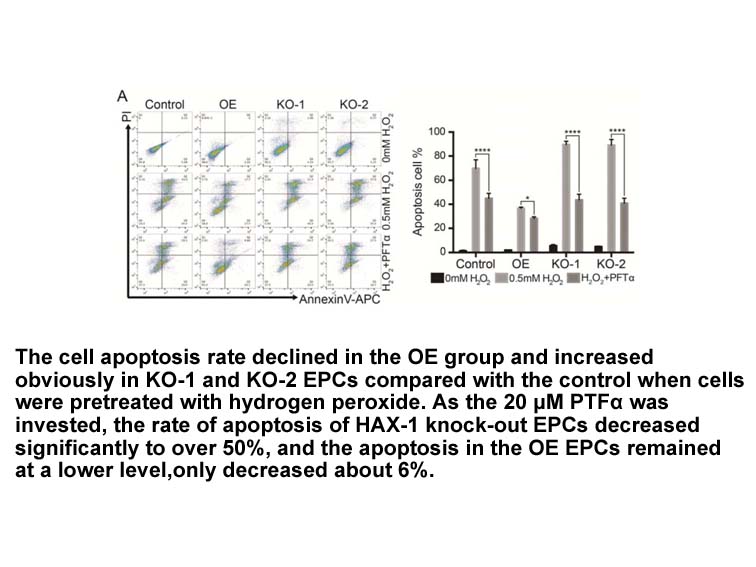
Recently, roflumilast has been approved as the first selective PDE4 inhibitor for the treatment of chronic obstructive pulmonary disease (COPD) [2]. Roflumilast has been suggested to target several different pathogenetic mechanisms, including inflammation, fibrotic, emphysematous and vascular remode
-
br Introduction Prostaglandin E PGE signals through
2020-05-12
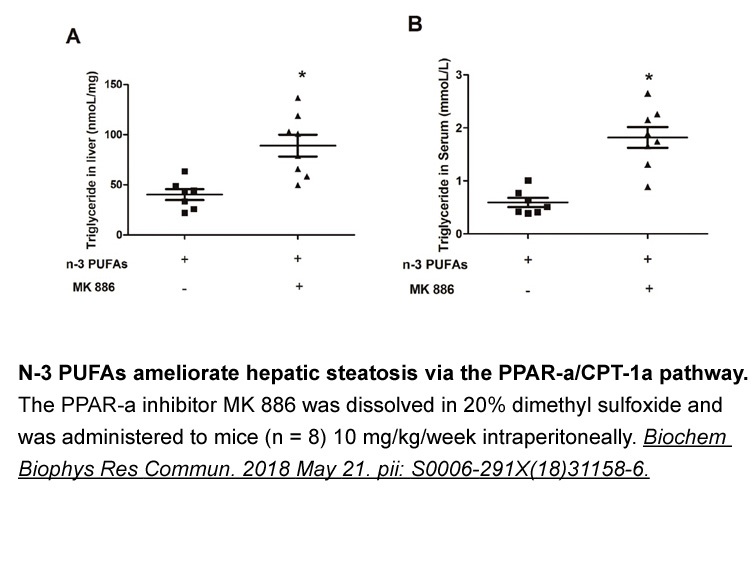
Introduction Prostaglandin E2 (PGE2) signals through 4 separate G-protein coupled receptor sub-types (EP1, EP2, EP3 and EP4) to elicit a variety of physiological and pathophysiologic effects. EP2 and EP4 increase cAMP levels in the cell via adenylate cyclase activation, whereas EP3 inhibits cAMP
-
Host cell invasion by tachyzoites
2020-05-12
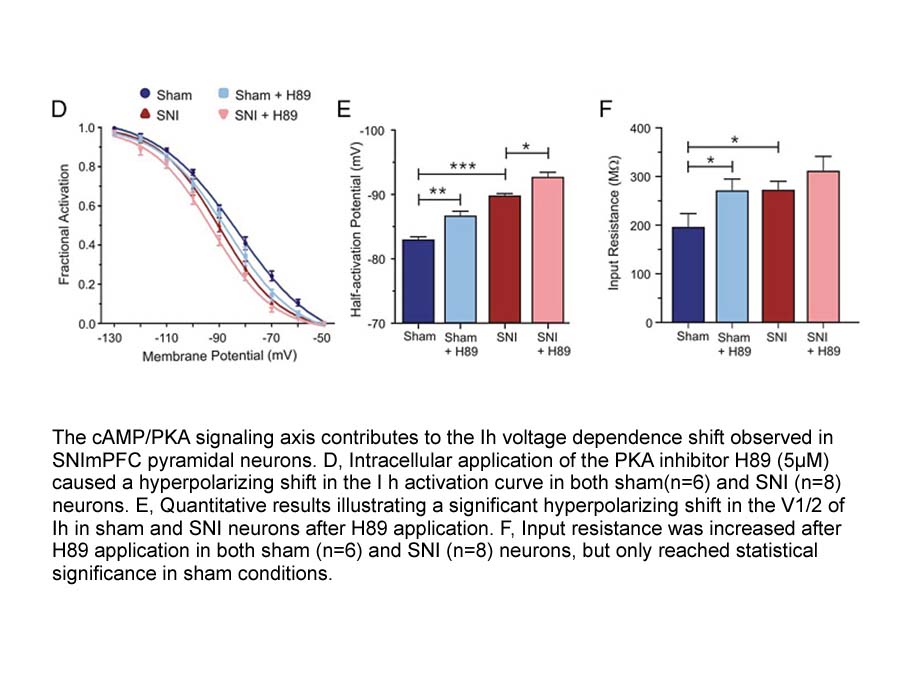
Host cell invasion by tachyzoites relies on the secretion of numerous secretory proteins and plays a crucial role in maintaining infection [6]. ESA released by tachyzoites are highly immunogenic and induce either antibody-dependent or cell-mediated protective immunity [11], [44], [45]. To investigat
-
Interest in DGKs increased as it
2020-05-12

Interest in DGKs increased as it became clear that not only are they important for lipid homeostasis, they serve to modulate the relative levels of diacylglycerol (DAG) and phosphatidic MRT67307 HCl (PtdOH) that play critical roles in a variety of signaling pathways (Eichmann and Lass, 2015; Liu et
-
br Electron transfer pathway Intramolecular
2020-05-12

Electron transfer pathway Intramolecular (or inter-domain) electron transfer (IET) in CDH has been studied in much depth [], and similar IET occurs in CcPDH, from the PQQ cofactor in the AA12 domain to the heme b in the AA8 domain. When two kinds of electron acceptors are used for measuring enzym
15404 records 799/1027 page Previous Next First page 上5页 796797798799800 下5页 Last page